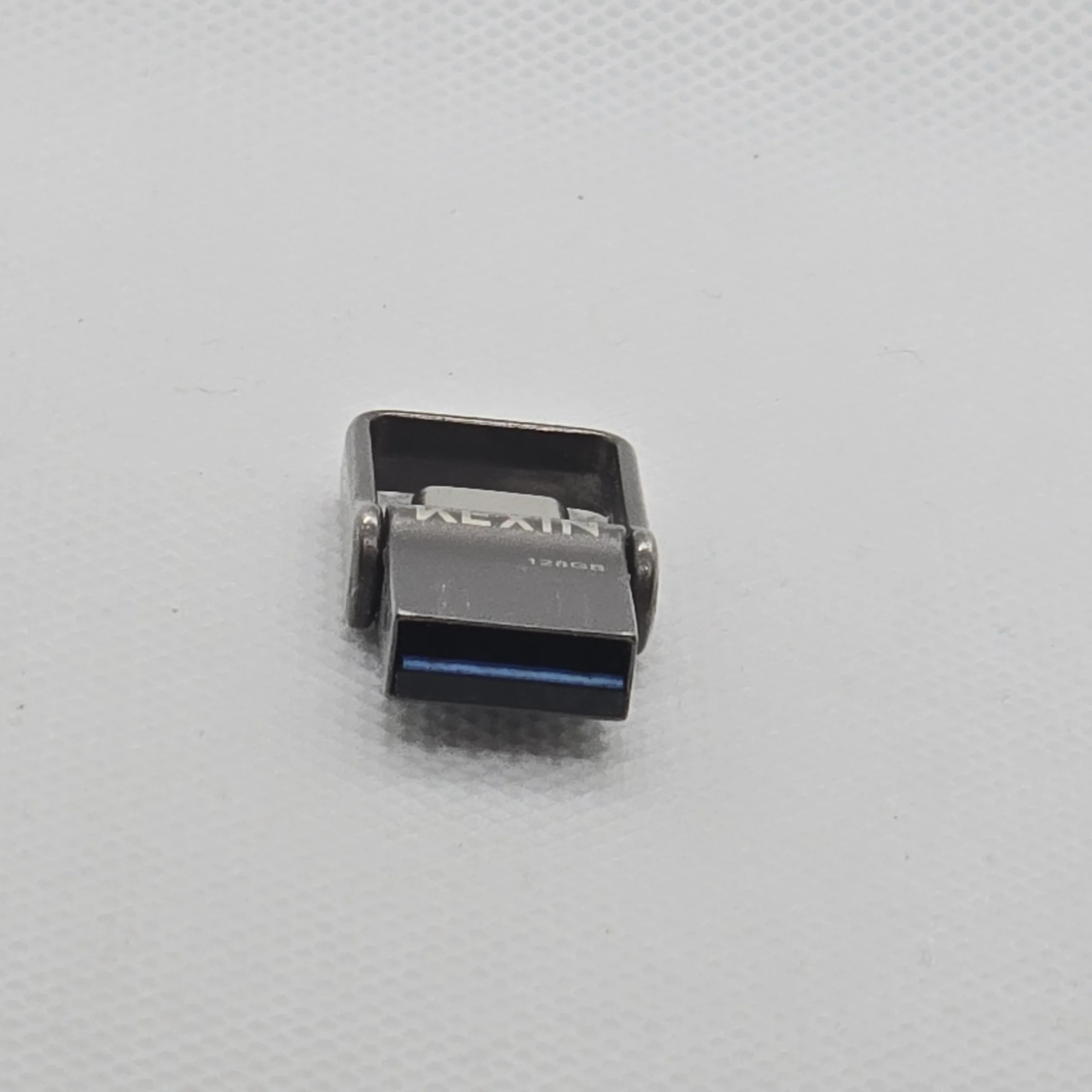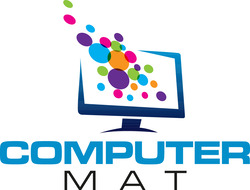Flash memory is a memory stick (hardware) that you can plug into computers, PlayStation, Xbox, your mobile phone, and DVD players, just to name a few. There are loads more devices you can plug this into. This device has non-volatile memory, which means that it doesn’t require an electronic charge to keep the data saved on the flash drive. This is the opposite of RAM.
So, what data do we store with the flash memory?
We use flash drives to store and transfer data from one device to another. So, for example, let’s say we have a Word document on one PC and we would like to edit the file at home.
We can do this easily. First, we would get hold of our memory stick. Before we insert the drive into our PC, we would check and see that we were putting the USB in the right way, as this could damage our USB port and our flash drive.
Once we know it’s the right way, simply insert the memory stick into the port. Save or drag the file straight to the stick. That’s it. We have secured our file, ready to use at home. Just don’t forget the flash drive.
Before we remove the device, I highly recommend that you safely remove the flash memory storage. To do this, we simply double-right-click (the icon) and click eject on the device we would like to remove.
Removing the device safely stops us from losing our data, as simply pulling the drive out of the port can cause corruption and lead to data loss.
What else can we use our flash drives for?
We don’t have to use them just for transferring data; we can also use them just for storage. So, let’s say we have 1000’s of photos on our phone and we are running out of storage space.
We can simply go out to Amazon and buy a double-ended flash drive. One side would be USB C, and the other side would just be a normal USB C.
And the good thing is that chips are cheap nowadays. Once we have the drive, simply plug the device into our phone and open our file manager (ES File Manager is quite popular). Simply find the file; they are normally in a folder called DCIM, and we would copy all the files we wanted, then navigate to our new memory stick and paste them in.
Flash drives have different speeds
When buying flash drives, it’s important to know that they come in different sizes and can run at different speeds. You can tell this by the port color, and it should also be in the description when buying.
To get the right speed, you would have to plug it into the right port on your PC. If you buy a faster one but don’t have the latest port, it will stick and run fine; you just won’t get the latest ports. This is because all USBs are backwards compatible.
- USB 1.0 is normally white, and speed can run up to 12 megabits.
- USB 2.0 is also normally black, and speed can run up to 480 megabits.
- USB 3.0 is blue, and speed can run up to 5 gigabits.
- USB 3.1 is thin, and speed can run up to 5 gigabits in Gen 1 and Gen 2; it is up to 10 gigabits.

Storage Capacities
Flash drive storage space can come in an array of different storage sizes, so for example, 1GB, 2GB, 4GB, 8GB, 32GB, 64GB, and 132GB can come in bigger sizes, but this list would never end. I will point out that the more storage space you want, the more expensive the device will be.
When buying a memory stick for your device, no matter what it is, it is very important to check the manufacture of the device to make sure it can read the flash drive. Another thing to point out is that if the memory stick is formatted in FAT32, you won’t be able to put files over 4 GB onto this device; you would have to reformat to NTFS. Make sure to back up the file before formatting.
My conclusion
Without a doubt, these little flash drives are so handy to have as long as you can remember where you have put them, and they are always in the last place you look, but they are amazing devices that make your life so much easier and are great for portability, so you can edit your files on the go no matter where you are.
